Angelo Keene
Year of birth: 1963.
Where do you live: Tucson, Arizona, USA.
Your education: BSCoE (Bachelor of Science – Computer Engineering) University Of Missouri – Columbia, 1985.
Describe your art in three words: Imagine the unseen.
Your discipline: Not as much as I probably need, but seriously:
With regards to my daily paid profession, my specialty is real-time embedded software, interfacing with low level hardware interfaces and creating/maintaining various types of software as needed; sort of like a utility infielder in baseball.
I have been in my profession almost 40 years, with an occasional management position thrown in as punishment.
With regards to my artwork and photography, I tend to prefer abstract presentations that use light, shadow, and color gradations, and I’ve had an online presence on Flickr since 2011, but have only started presenting my artwork online since 2016 or so.
Website | Instagram
As a software engineer by profession, how do you balance your technical career with your passion for digital artwork and 3D-rendering?
In years past, I hadn’t had the time to pursue much in the way of hobbies, but I’ve had the opportunity in recent years to have time on weekends to enable more creative activities. Since weekends are short, and I have other things I need to attend to, I’ve needed to try to be as efficient as possible in planning and post-creation organization of workflow. For 3d rendering, once I get past the original design and prototyping stage, the bulk of the production is done in the background on my personal workstation, so I can do that and create other artwork at the same time.
If I’m able to, after I retire, I hope to still be able to exercise creativity, either with my writing or art. I use a separate laptop for my professional work, so there’s no overlap that I’ve had to manage.
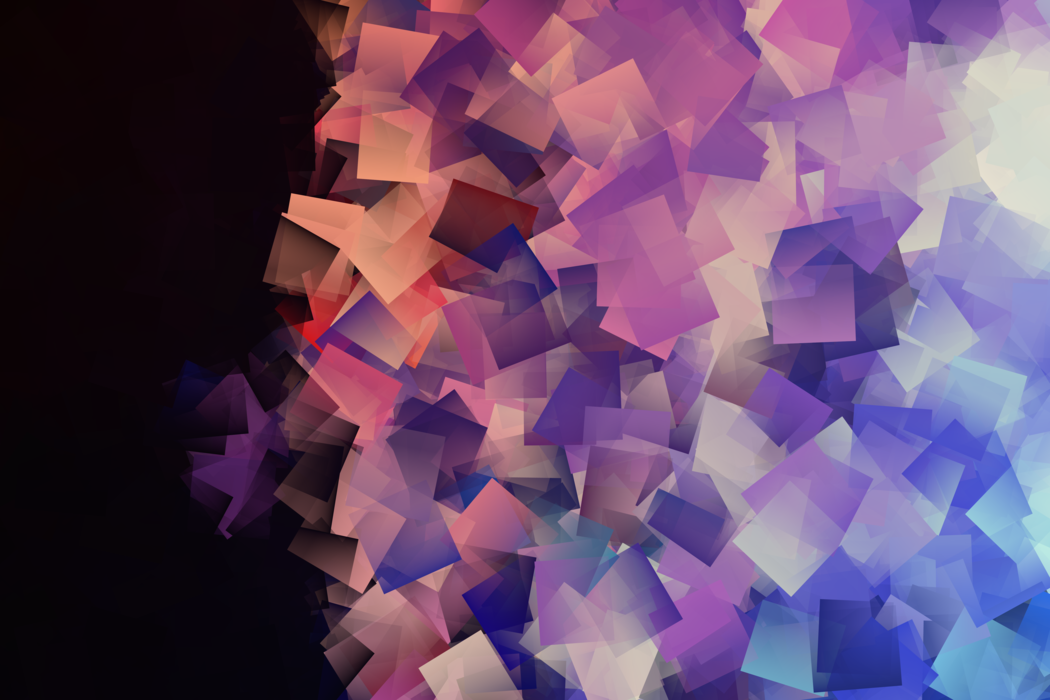 Angelo Keene | Find Me | 2024
Angelo Keene | Find Me | 2024
Your artist statement mentions that what’s seen is not always important, but rather what the viewer thinks they see. Can you explain how this philosophy guides your creative process?
I have been a fan of some of the artists in the photorealism/hyperrealism realm for quite a few years, such as Robert Bechtle and Richard Estes among others, but I know my level of skill, and although I admire their work, I prefer to create works that give power to the viewer’s imagination, like some of the Japanese silk paintings that didn’t ‘try to draw every rivet’, but showed just enough to be effective.
What role does photography play in your digital artwork? How do you decide when to integrate photography into your pieces?
When I take photographs, I may take a hundred shots, but only use three or four, depending upon what I’m trying to capture (or if I screw up my settings). There have been a few times where I’ve noticed that maybe a picture taken accidentally or with the wrong settings has much better composition and color that I could have tried to attempt on purpose. Sometimes I might just deliberately take photos ‘wrong’ just because I can, to see if I can get a good interplay of light and color.
There’s been a few photos that otherwise would be boring stills, but those I may take and play with layering, color manipulation, and filtering, I can turn into more of an abstract piece.
Three pieces in particular are examples of this: “Train”, “Tales from the flat earth”, and “Wheels”. The original photo is so-so but not very evocative and mostly boring, but the art lays in how to turn the ordinary into something interesting.
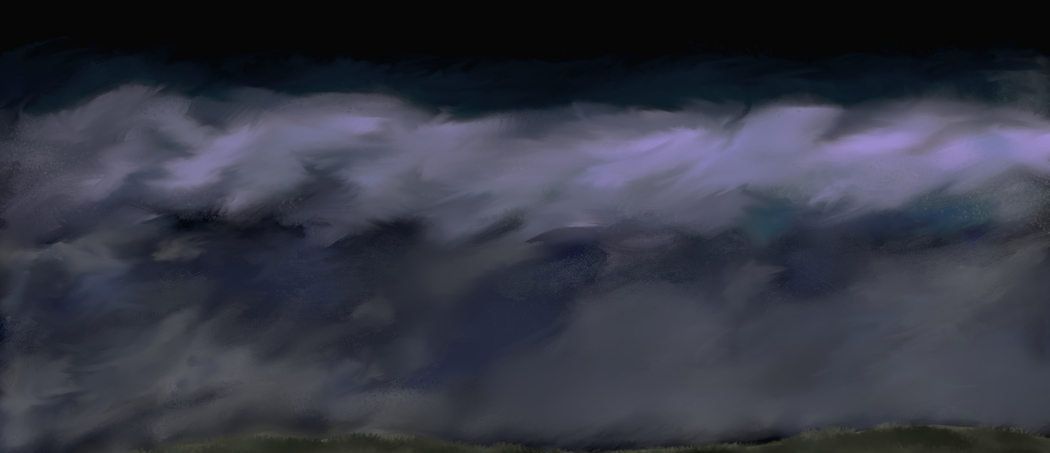 Angelo Keene | Awaiting The Storm | 2022
Angelo Keene | Awaiting The Storm | 2022
Many of your works involve digital mediums. What specific tools or software do you prefer for creating your art, and how have they influenced your style?
For my photography, I have my cell phone, a Nikon D5600 with a small selection of lenses, a couple of color-selectable mini LED light panels, and a tripod. I have not yet invested in a mirrorless camera because the one I have is working just fine, and the prices are still way too high for me to justify the expenditure.
My Lenses and Accesories:
AF-S Micro Nikkor 40 mm 1:2.8G DX 52 mm
AF-P Nikkor 10-20 mm 1:4.5-5.6G DX VR 72 mm
AF-P Nikkor 18-55 mm 1:3.5-5.6G DX VR 55 mm
AF-S Nikkor 35 mm 1:1.8G DX 52 mm
ATX-i Tokina 100 mm F2.8 FF Macro 55 mm
AF Nikkor 35-80 mm 1:4-5.6 D 52 mm
AF Nikkor 50 mm 1:1.8 D 52 mm
AF-S NIKKOR 50mm f/1.4G
JINTU 900MM F/8.0 SUPER MIRROR TELEPHOTO MANUAL FOCUS LENS + T2 MOUNT ADAPTER RING
AF-P Nikkor 70-300 mm 1:4.5-6.3G ED 58 mm
Opteka Achromatic 10x Diopter 10x macro Platinum Series High Definition
A set of 13mm, 20mm, 16mm extension tubes
So far, the Tokina is my favorite lens, with the Jintu as my least favorite.
Many of these lenses are made for a full-frame camera with a lens motor in the camera body, so they require manual focus and adjustment since they do not have a built in motor for focusing. This requires me to use manual mode on my camera most often, and has caused me to learn a lot as I’ve progressed with how to set up my camera while I’m using it and the post-processing that goes along with it. I try to touch my photographs as little as possible in post.
My home workstation where I do my artwork and post-processing is an older MSI B350M Mortar motherboard with an 8-core 2.7 GHz AMD Ryzen 7 1700, and a AMD/ATI ega 10 XL/XT [Radeon RX Vega 56/64] video card with 64 Mb of memory and a combined disk space of about 12 Tb. I have
an MSI Optix MPG321 32-inch 4K monitor connected via Display Port.
I have a Wacom Intuos Pro M tablet, but I haven’t used it that much. I’m better with the mouse.
Since I work from home, I’m pressed for space, so I only have a single monitor, with my work laptop and its second monitor taking up my extra space, so eventually I want to get a larger workspace where I can use a dual monitor setup on my home computer as well and have more room to access my tablet and start using it.
For software, I use Linux Mint under the XFCE desktop with the following commonly used graphic and art tools: Darktable, GNU Image Manipulation Program (aka Gimp), povray (for 3d rendering), krita, and hugin (for creating panoramas). I use scribus and PDF chain for creating my books for publication.
Most importantly, I have a couple of external network shares in my house that are used for automated backup and recovery, backing my data up into multiple locations.
I also have an 256 Gb Apple iPad Air, which I’ve used to create a couple of artworks, but it is difficult to get media off of that platform to my workstation, so I don’t use it for creation as much. On my iPad, I have the following software installed: Procreate, Art Set 4, and Realistic Paint Studio. I personally prefer Procreate.
Using linux has been very good for me; when I ran windows in the past, the PC spent so much time running the background tools and other things, such that even though I had plenty of memory and CPU cores, everything was really slow. I have much more control over what is running on my PC and I don’t feel like I’ve needed to update hardware quite as often. The biggest impact on my workflow has been that when I stepped up to a 4K monitor, I had to tweak some low-level settings such that my application menus and text were not too small to read. Otherwise, I’ve had no problem opening up and editing large multi Gb files, such as a recent panorama I generated that was made up of over 50 images that ended up generating a file of 29327×7618 pixels.
It’s been beneficial for my 3d rendering as well. After I perform the overall ‘set design’ and decide on lighting strategies and placement, and run some lower quality test renders to check the overall appearance, some of my renders may take a week or more to run; at that point, it’s more of a matter of being willing to spend the time dry running and pretesting, and maintaining patience. I have access to Blender, but I haven’t used it at all because I prefer designing my own surface properties and objects differently then that tool provides.
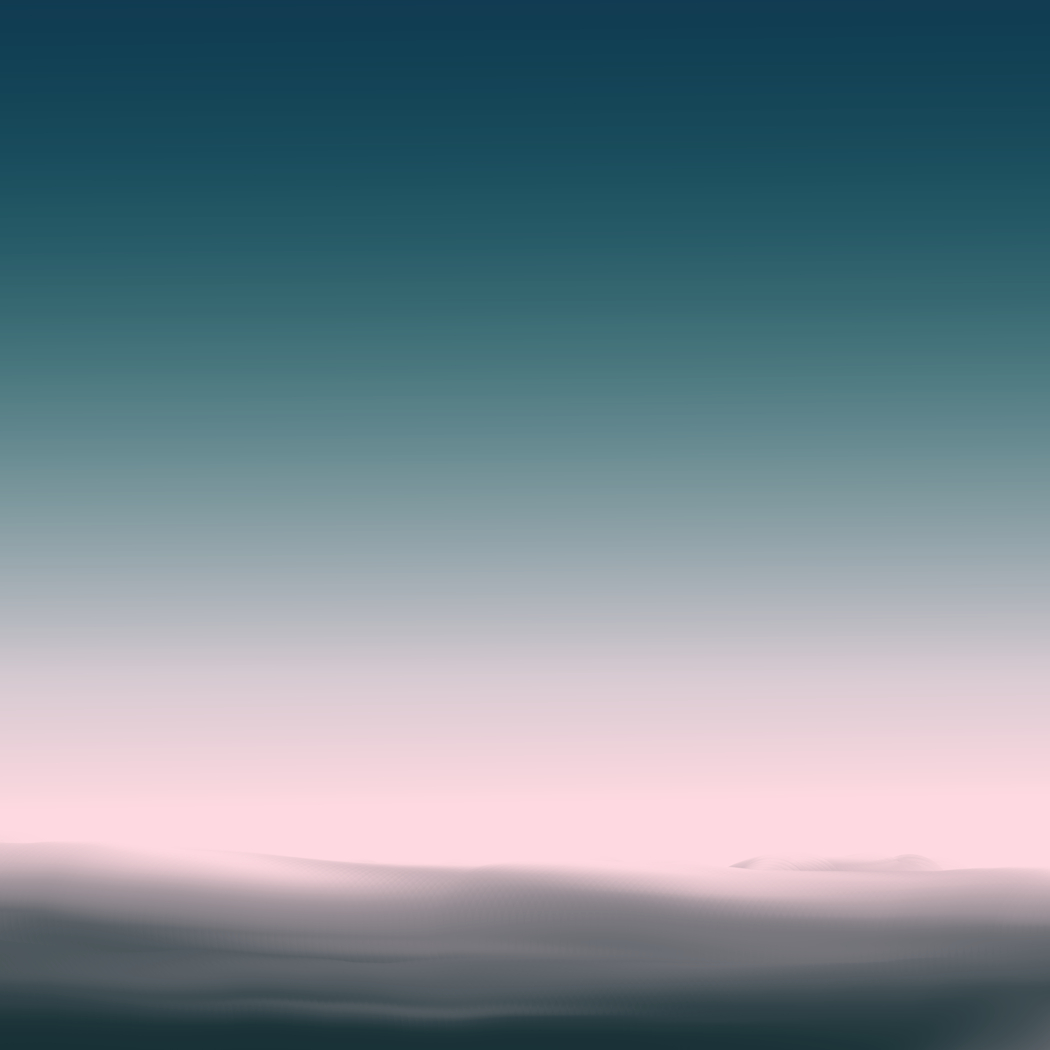 Angelo Keene | Sky | 2023
Angelo Keene | Sky | 2023
You’ve lived in various parts of the United States. How have these different environments influenced your art and creative expression?
I initially grew up in Chicago Illinois, and had access to the museums there, such as the Art Institute, the Museum of Science and Industry, the Adler Planetarium among others, as well as the historical architecture. A lot of my early influence was from the architectural Art Deco style, and Frank Lloyd Wright.
During elementary school, I had the opportunity to participate in
a multi-weekend exploratory hands-on art program at the Art Institute through the Chicago Public School system, and I got the chance to explore and create art in various media. One of the most memorable experiences was taking a field trip to the symphony, and while in the balcony listening to a performance, sketch while listening. All this was taught by great teachers who promoted creativity without judgement; just helped with technique.
In the years following, I worked more with pen and ink with detailed geometric drawings, reminiscent of the Op Art style on my own, but when the college years started until recently, I hadn’t done much more than the occasional pencil sketch, but whereever we lived, I always tried to search out whatever museums were in the areas we were in.
Living in the desert southwest, I have a lot of respect for the early American artists who tried to capture in paint the look of sunlight through the clouds during a rainstorm, or a sunrise/sunset without the benefit of a camera to lock down what they wanted to share with others.
One thing I have noticed, especially as I’ve been online, is that the subjective judgement of the ‘art world’ and ‘potential clients’ is so diverse and critical, if I didn’t try to produce the kind of artwork I visualized, but served what I thought others wanted, I’d never create anything, and burn myself out trying to make everyone else happy. With the internet, trends and fads come and go, but hopefully the real talent gets recognized anyway. Everyone is good at something, and there is always someone that is ‘better’, but what good do I want to give up in myself chasing approval I don’t need, burning out, and to eventually be good for nothing?
I have a lot of respect for those who are working hard ethically to make a living with their creation, and we need to support them and what they need to grow to compete against what will soon be a corporate AI trend. That spans not just the United States, but the entire world.
Support your local artists, whereever they are.
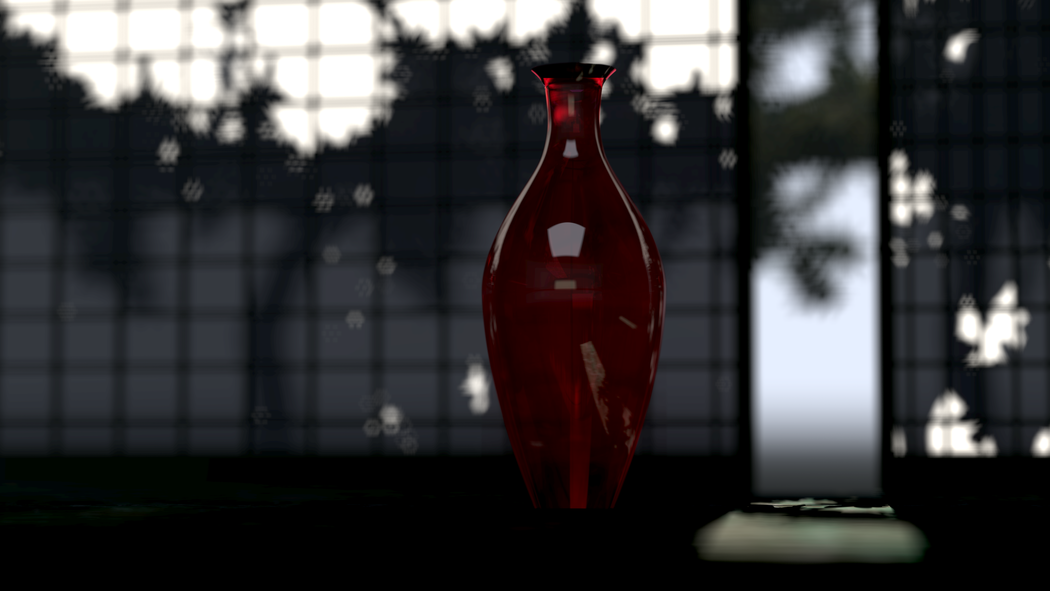 Angelo Keene | Entryway | 2023
Angelo Keene | Entryway | 2023
Your art often incorporates abstract and surreal elements. Where do you draw inspiration for such imaginative themes?
I tend to listen to music in the background while I work and create art. A lot of times, it may be a song lyric, a musical phrase, or maybe how mutliple pieces go together as a playlist theme that stimulates a mood or feeling that I want to try to emulate. Many times I’ll do a piece, then title it later as I look back on it and realize it fits well with somthing I didn’t realize at the time that might have been an influence. So I’d say that music is a primary contributor. In my published books to date, I have a suggested playlist for each.
An exaample of an influence not realized immediately is that I used to travel frequently for work years ago, and had to travel via nighttime flights to and from the work site. One inspiration is the very first evening flight, looking down at the glow of city lights from above through the clouds. All you can see from high altitude is light and shadow and a spiderweb of links between them.
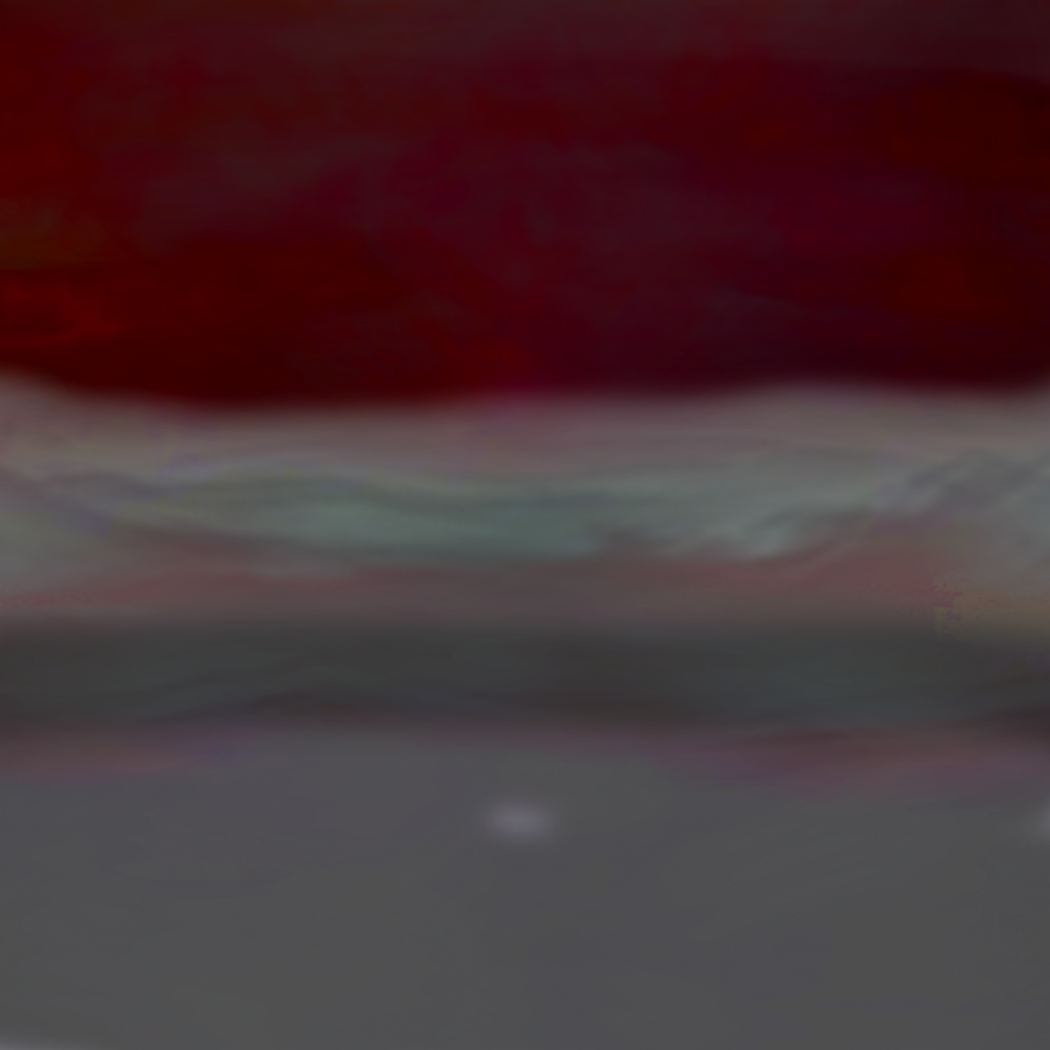 Angelo Keene | Heaven And Hell | 2020
Angelo Keene | Heaven And Hell | 2020
How has your engineering background influenced the way you approach problem-solving in your art?
As I mention in my book “Career Advice for Engineering Professionals”, there are some common things to keep in mind that apply to both engineering and the pursuit of any hobby or art. Here’s a short list:
1. Never stop learning something new.
2. Learn to manage yourself.
3. Take advantage of opportunities.
4. You have value.
5. Different is okay.
6. Keep your eyes open.
7. Technology may change, but people remain the statement.
8. Learn how to learn what you don’t know.
9. Stuff goes wrong.
I am fortunate that I have the freedom to invest time and resources into pursuit of my art, but these are things that have to be managed just as in an engineering project. My advice is to make sure in whatever you choose to do, you don’t forget to take care of your own needs and those around you.
I find that I might have an idea in mind of what I’d like to produce, but if I overthink it too much, I might never get started, so I may start creating a piece, but set it aside because I can’t make it match with what I’m thinking about at the moment, but I might later, so I’ll save it and move on. One thing I always have to avoid is overthinking how and what I’m trying to do, and not knowing when to stop poking at something. Engineering is the same way.

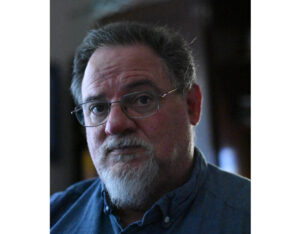
Leave a Reply